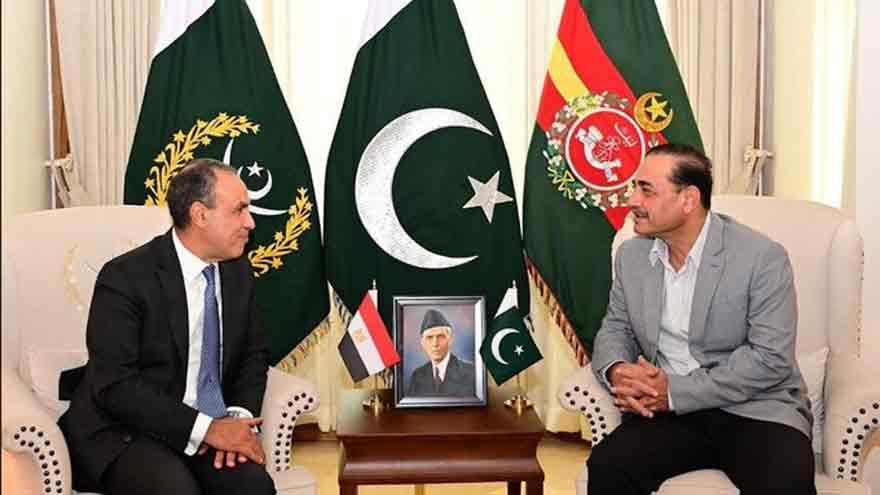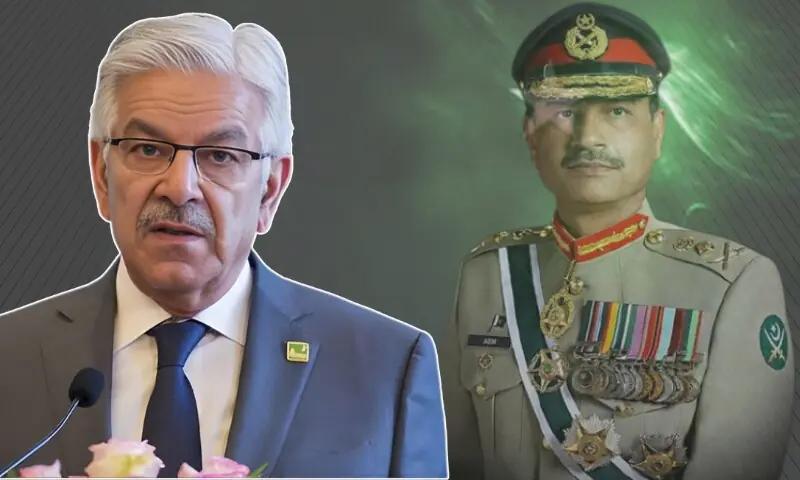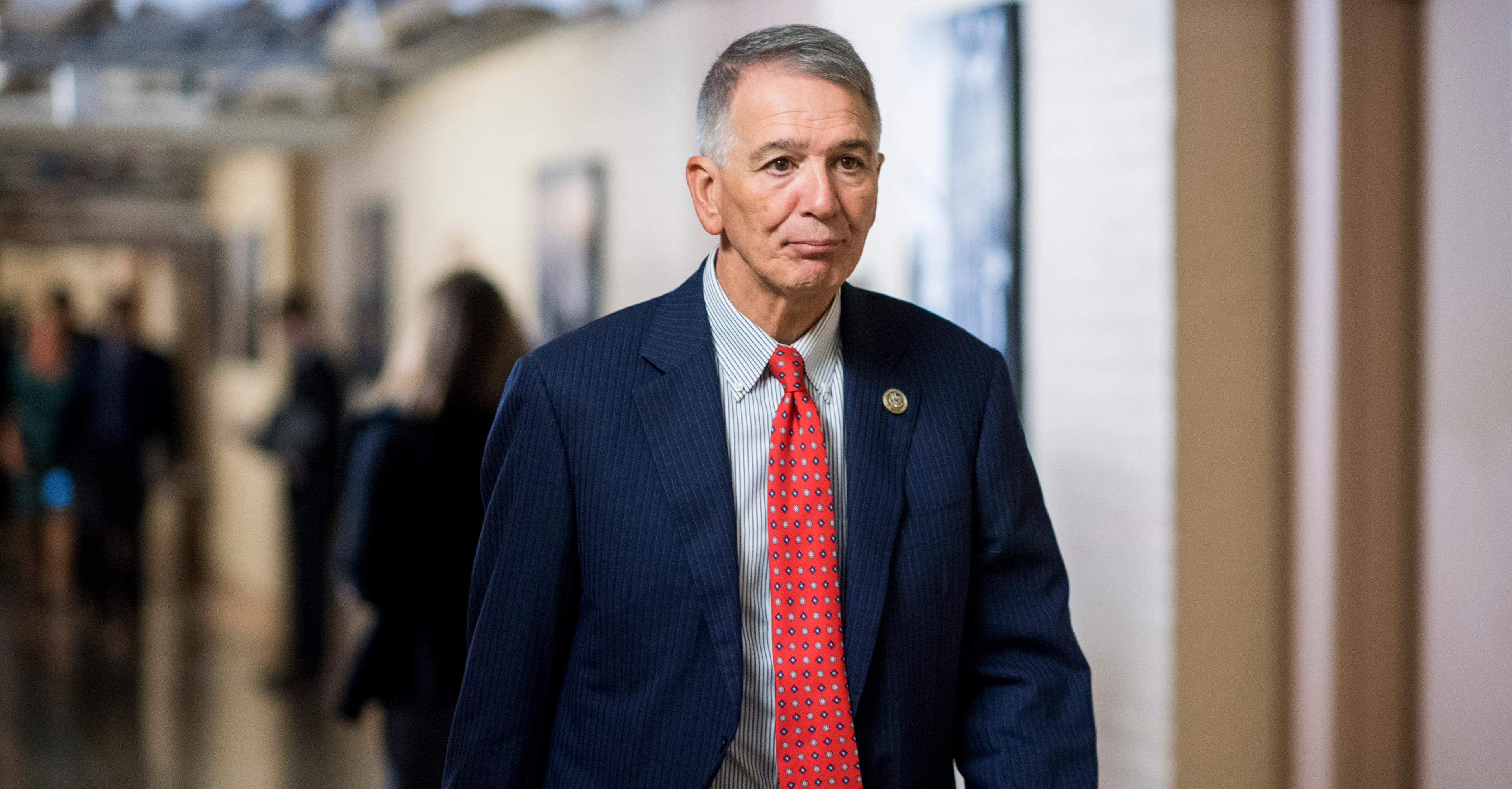The iconic Palestinian scarf started out as a practical garment. It became an emblem of an aspiring nation.


There’s a scene in Home Alone 2 that stood out to me when I was a kid. It’s the one where Kevin McCallister gets chased through the streets of New York by the two dimwitted burglars known as the Wet Bandits. But it wasn’t the cartoonish chase that grabbed my attention. It was a brief moment that most of the movie’s viewers probably never noticed: An extra, playing a street vendor, was wearing a keffiyeh.
The traditional Middle Eastern scarf was on the screen for only a few seconds, but I remember feeling excited. Until that point, I had only ever seen people wearing keffiyehs in the Arab world. (My grandfather often wore one on his head and my brother wore one around his neck as a teenager; I would later wear one as a young adult.) It seemed as though anytime the keffiyeh did appear in Western media, it happened to be on the news and associated with violence of some kind. But seeing it worn casually in an American movie, even if it was merely in the background, felt like an embrace of my people — finally, something of ours didn’t seem threatening to Americans.
I was, of course, wrong — as is to be expected from a kid gleaning so much meaning from a couple of frames in a Christmas movie. Just last year, a North Carolina police department used a man wearing a keffiyeh as a target for officers in a school shooting drill. No matter that school shootings in the US are overwhelmingly committed by white men — to the organizers of that drill and others like it, a keffiyeh was still a stereotypical image of violence.
Over the last century, the scarf — and the black-and-white version of it in particular — became closely tied to the Palestinian cause. While Palestinians view it as a symbol of their cultural and national identity, others view it as a threat: Over Thanksgiving weekend, three Palestinian college students were shot in Burlington, Vermont, in what is being investigated as a potential hate crime; two of the young men, according to police, were wearing keffiyehs.
As long as Palestinians are subjugated as a people, then even something as simple as a traditional scarf turns into something bigger than a cultural display; it becomes an intrinsic part of a controversial journey toward freedom. So while Palestinians still wear the keffiyeh for the cloth’s practical purposes and cultural significance, they also often wear it to assert a political statement. After all, expressing Palestinian identity has become an act of resistance in and of itself — to remind others that this people is still here.
From practical garment to a sign of class struggle
The Palestinian keffiyeh evolved out of a common headdress for men across the Middle East. The most common version of the scarf today has the iconic black-and-white checkered pattern that some say resembles a fishing net. Its exact origins are difficult to trace, but according to Wafa Ghnaim, the curator for the Museum of the Palestinian People in Washington, DC, it’s clear that the scarf we know today was around in the 19th century.
“The keffiyeh, which is also known as the hatta, was a men’s head cloth, specifically, that distinguished [men in] nomadic or Bedouin communities from villagers and city people and townspeople,” Ghnaim, who is also a research fellow at the Metropolitan Museum of Art, told me.
The keffiyeh served a practical purpose for the men who wore it back then, protecting them from harsh climate conditions, including excessive sun exposure and dust storms. It also indicated a person’s social status: While the keffiyeh was often associated with peasants, the tarbush, a red felt hat, was often worn by more urban, middle- and upper-class Palestinians.
But that began to change after the British took control of Palestine, according to a paper by Ted Swedenburg, an emeritus professor of anthropology at the University of Arkansas who has studied the keffiyeh. In 1936, when Palestinians launched an uprising against the British occupation, the armed Palestinian rebel groups, which were largely made up of poorer men, essentially used the keffiyeh as their uniform. That made it easier for the British to target them when they were in urban areas, and so as the fighting escalated, rebel leaders urged all Palestinian men to ditch the tarbush and don the keffiyeh instead.
Very quickly, Palestinians obliged — a move that allowed fighters to blend in and evade British troops. As Swedenburg notes, this was not only a strategic success on the rebels’ part, but a breakthrough for the lower class, who imposed their garb onto the elites and catapulted the keffiyeh as a prominent nationalist symbol.
Class divides, however, persisted, and the keffiyeh took on a populist appeal. One Palestinian told Swedenburg, for example, of a rhyming catchphrase his grandmother recalled hearing people shout as they sold keffiyehs on the street in 1938: Hatta, hatta for ten qurush [pennies] / Damn those who wear the tarbush!
As the revolt came to an end, some elites discarded the keffiyeh and tried turning back to the tarbush. But it was too late: The keffiyeh had taken hold as an emblem of a nation-to-be. “Palestinian men from the villages and towns began wearing the keffiyeh to express their national identity,” Ghnaim said.
Not just a man’s scarf
In the 1960s, the keffiyeh reemerged as a unifying nationalist symbol for Palestinians, one that represented the resistance to the Israeli occupation. But this time, women started wearing it too.
After Leila Khaled, a Palestinian activist and former militant, took part in hijacking a plane flying from Rome to Tel Aviv in 1969, a journalist captured a photo of her holding a rifle while styling a keffiyeh like a woman’s headscarf. The image became popular and helped cement Khaled’s status as an icon in the Palestinian resistance movement.
:no_upscale()/cdn.vox-cdn.com/uploads/chorus_asset/file/25137949/928850116.jpg)
Khaled’s choice to wear the keffiyeh has been viewed as a “feminist move on her part that ushered in this idea of Palestinian women being part of rebellion, part of activism, part of the resistance, when they had largely been excluded or in some way relegated to kind of other roles in the resistance,” Ghnaim said. “She made this statement by putting it on her head, where she was acknowledging the cultural norms of modesty to cover her hair as a woman but used a men’s scarf to do it.”
Khaled continued to wear a keffiyeh, oftentimes around her neck, and inspired many other Palestinian women to do the same. But the hijacking that she took part in drew international attention, and it prompted many in the West to start associating Palestinian resistance with terrorism. And so the keffiyeh — which for Palestinians symbolized their cultural heritage and national identity — began to carry that baggage.
A cloth with global appeal
Yasser Arafat, who was the chairman of the Palestine Liberation Organization (PLO) from 1969 to 2004, helped popularize the keffiyeh around the world by almost always wearing one in public. And many non-Palestinians, especially those who participated in anti-colonial, anti-war, and other social justice protests, began to recognize the scarf as a symbol of resistance and wear it to express their solidarity with Palestinians. But Israel had deemed Arafat a terrorist and the United States designated the PLO as a terrorist organization, and so while some activists wore the keffiyeh to support the Palestinian struggle, others viewed it as a controversial, and even violent, symbol.
In a paper in the International Journal of Cultural Studies, Evan Renfro, a political science professor at the University of Northern Iowa, found that Western media more frequently refers to the keffiyeh in stories related to terrorism than in those about social justice.
:no_upscale()/cdn.vox-cdn.com/uploads/chorus_asset/file/25137913/150339117.jpg)
But despite that negative association, the keffiyeh’s presence persisted — so much so that it permeated the fashion industry, becoming a fashionable item in some circles rather than a symbol of Palestinian resistance. Indeed, some clothing brands took notice of the scarf’s widespread appeal and consequently co-opted it, sanitizing its meaning and erasing its relationship with the Palestinian cause.
Urban Outfitters, for example, sold keffiyehs in different colors in 2007, simply promoting it as an “anti-war scarf,” but pulled the item from its shelves after controversy ensued. And Dodo Bar Or, an Israeli fashion designer, drew backlash when she made keffiyeh-inspired dresses, stripping the pattern of its political and cultural weight.
For many non-Palestinians, especially people in Israel and the West, the keffiyeh is a symbol of contradictions — simultaneously viewed as a fashion statement and a terrorist’s attire, depending on who’s wearing it. “How do we make sense of that type of campaign of cultural dispossession,” Ghnaim, who is Palestinian, said, “where claiming it as ours makes us terrorists and yet it is still a highly coveted cultural symbol that Israel has attempted to appropriate as their own?”
For Palestinians, the keffiyeh has served many different purposes over the decades. It protected farmers from the sun and galvanized support for the Palestinian struggle. And through the years, the patterned cloth absorbed a variety of meanings: an ode to freedom, a nod to heritage, and a symbol of national identity. That’s why the attempts to appropriate it are taken as such an affront. They’re not only viewed as an attempt to profit off of Palestinian culture, but an intentional effort to undermine the Palestinian narrative that the keffiyeh represents — an erasure of Palestinian identity.
Fortunately, the keffiyeh’s popularity doesn’t always lead to appropriation, and it is still largely worn by, and in solidarity with, Palestinians. Since the latest war began, there has been a surge in people buying them from Hirbawi, the only keffiyeh manufacturer in the West Bank. Nael Alqassis, the brand manager, told the New York Times that the demand they’re currently seeing “is unparalleled” in the company’s history, adding that they sold over 18,000 keffiyehs in October.
A fixture in Palestinians’ past, present, and future
Over the years, the keffiyeh has been worn by farmers and city dwellers, men and women, boys and girls — across historic Palestine and around the world. And though it has been worn by guerrilla fighters and leaders who have turned to arms, the scarf is not itself a symbol of violence, but rather a spectator of it. The keffiyeh, after all, is a piece of fabric that has draped over Palestinians for many generations — a fixture in a plight that has been punctuated by acts of violent and nonviolent resistance alike.
That’s why Palestinians hold on to the keffiyeh so dearly. It’s both a historical artifact that documents the story of a people and a living symbol that inspires hope. “I think that because our garments, our dress, our scarves continue to reflect our current lived experience and evolve in lockstep with Palestinians … that this is truly the success of preserving our heritage,” Ghnaim said. “That in a way, we can visualize our land, we can visualize home, we can visualize Palestine in our own clothed bodies.”
And so for many Palestinians, this scarf that has all too often been soaked in blood still symbolizes a brighter future. In a world that continues to deny Palestinians their collective identity, the keffiyeh serves as a reminder that we are indeed a people — with customs, traditions, and folklore — and that we deserve to exercise our rights as such. That’s why such a simple piece of cloth manages to evoke such strong emotions: It is an eternal guide toward freedom.
Correction, December 6, 2:30 pm ET: A previous version of this story misstated the year Yasser Arafat became chairman of the Palestine Liberation Organization. It was 1969.

Egyptian Foreign Minister meets Field Marshal,reaffirming commitment to enhancing defence cooperation.
- 3 گھنٹے قبل

Who's ready for Thanksgiving Day football? Picks, predictions and X factors
- 13 گھنٹے قبل

How to fix the broken visa system for high-skill workers
- 12 گھنٹے قبل

IHC declines plea for immediate stay in advocate Iman Mazari, Hadi Chatha in controversial Tweets Case
- 2 گھنٹے قبل

President Zardari has summoned the joint session of Parliament for tomorrow.
- 3 گھنٹے قبل

Aqara’s $99 Wi-Fi smart lock is a good-looking budget option
- 14 گھنٹے قبل

Amazon’s Starlink competitor is launching with ‘world’s fastest satellite internet antenna’
- 14 گھنٹے قبل

Field Marshal,Egypt’s Foreign Minister vow to deepen long-standing ties
- 4 گھنٹے قبل

Notification for CDF’s appointment to be issued in due course of time: Khawaja Asif
- ایک دن قبل

A defense of Thanksgiving turkey
- 3 گھنٹے قبل

Child body who fell into open manhole in Karachi found
- 4 گھنٹے قبل

Lakki Marwat: Suicide attack on police van leaves one officer martyred,one militant killed.
- 3 گھنٹے قبل






